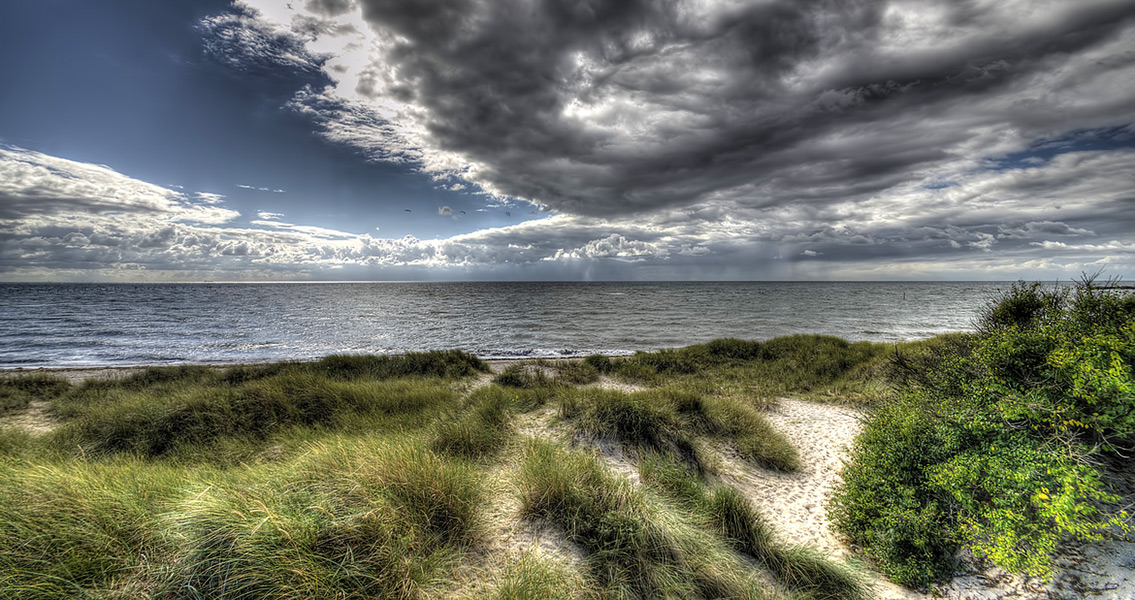<![CDATA[An archaeological team has found a ceramic vessel featuring an impression of its creator’s finger, on the Danish island of Lolland. The vessel, a funnel beaker, has been dated to around 5,500 years ago and was found together with two other beakers on the south coast of the island, in a former fjord, Discovery News reports. One of the researchers, Line Marie Olesen, told the website that the ceramic vessel was probably put into the ground whole, to store liquid or food. This was possibly part of a ritual at the time. The beaker was found in pieces and the fingerprint, remarkably clear, was only noticed when the scientists took it to the Danish National Museum. The vessel is characteristic of the Funnel Beaker culture, a subdivision of the Beaker culture, which flourished between 4000 and 2800 BCE in Northern Europe. The funnel beaker makers were the first people to start farming the land instead of hunting and gathering. In addition to farming, they also practised animal husbandry. The funnel beakers from which the culture gets its name were made from local clay and were decorated using modelling, stamping, impressions, and incising, says archaeologist K. Kris Hirst. Line Marie Olesen notes that the Neolithic craftsmen probably invested a lot of time and skill in the beakers and pots they made, and, judging by the contexts in which they tend to be found, the objects presumably played an important part in the early farmers’ everyday lives. Whether this role was strictly functional or also symbolic is unclear. The Danish island has yielded other interesting archaeological finds. One such find was a flint axe complete with its handle, which was found deliberately stuck into the ground, which 5,000 and more years ago would have been the seabed. Last year the same team, which is doing an archaeological survey along the route of a new tunnel that will link a German island, Fehmarn, with Lolland, discovered footprints that were dated to 5,000 years ago. The footprints were found near the remains of fixed gillnets, suggesting the people who lived there put a lot of effort into developing and maintaining a fishing system that they at some point had to fight the sea to preserve. The prints, judging from their size which correspond to a modern size 36 and 42, belonged either to a man and a woman or a man and a young boy who were trying to save the nets before they were flooded and lost under the sandy seabed, Anne-Lotte Sjorup Mathiesen from the island’s Museum Lolland-Falster told Discovery News. According to another archaeologist from this museum which is conducting the survey, Terje Stafseth, these are the first human footprints from the Stone Age discovered in Denmark. The researchers hope to find more prints from the age in the future. Farming first entered Europe from the Middle East around 8,000 years ago and quickly changed the lifestyle of communities living in Southern Europe. Northern Europeans, however, resisted the change for quite a long time, as suggested by a study of beads and other items used for personal decoration. The reason remains unclear but whatever it was, it seems to have been eventually beaten by the benefits of farming and husbandry. Image courtesy of Wikimedia Commons user: Woodys ]]>
5,500 Year Old Beaker With Fingerprint Found in Denmark
